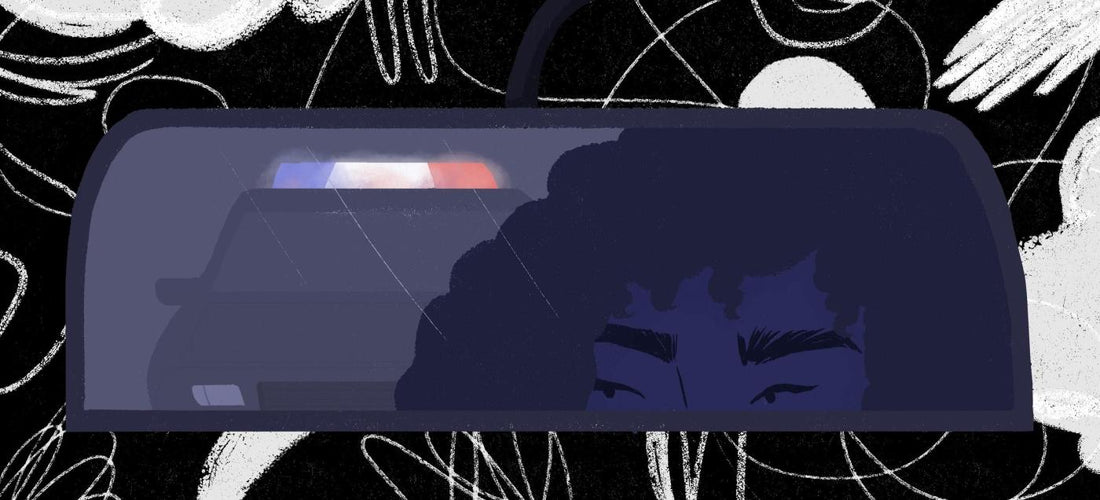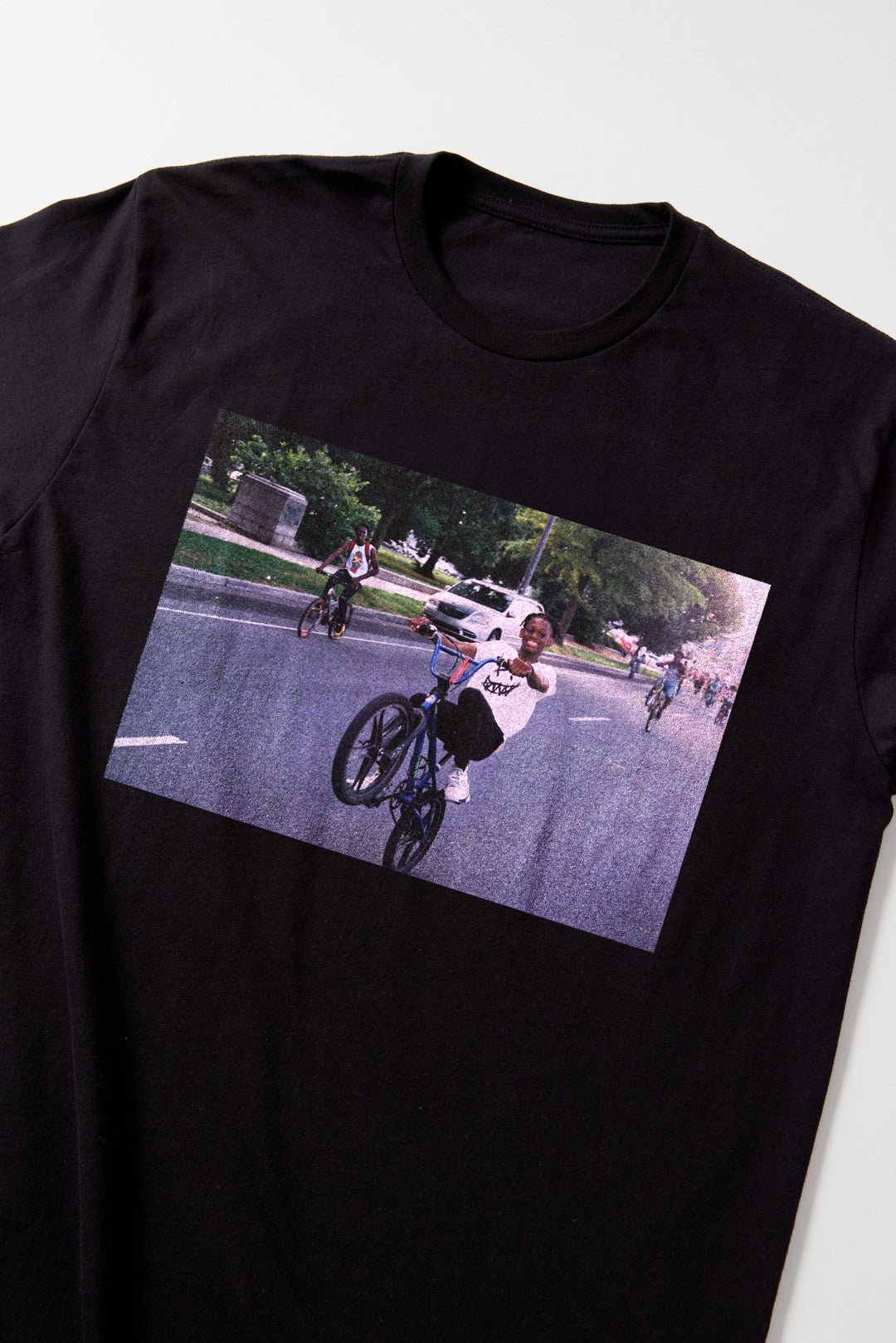
Driving While Black: In Response to the Death of Bianca Roberson
By Katie Mitchell Illustration by Loveis Wise
LLast month, on Route 100 in Chester County, Pennsylvania, Bianca Nikol Roberson, a Black teenager, was driving home from a shopping trip.
Roberson and a white driver attempted to merge into the same lane simultaneously, and within seconds, Roberson was dead. David Desper had shot Roberson in the head with a .40 caliber Smith and Wesson handgun. Roberson’s car crashed into a ditch, and Desper sped away. Roberson is the latest in a long list of Black people who were killed for daring to mind their own business.
As a Black woman, my coping mechanism for constantly confronting Black death was to invent reasons why I would never join the ranks of the slain.
I had never held a cigarette let alone sold them on the street. I had never walked to the store to grab Skittles and iced tea. I had never gotten into a car accident and sought help. But with the news of Roberson’s death, my already faulty coping mechanism sputtered then broke down. As my Twitter feed flooded with articles about Roberson’s untimely passing, I recalled how just weeks before a white man in an F-250 donning a “Trump 2016” bumper sticker purposely cut me off. My frustration piqued as he swerved in and out of my lane. My face became hot and my body shook when he indignantly displayed his middle finger and spat out the window in my direction. I had done nothing wrong. Road rage -- in my understanding -- required an initial offense. The only thing I did was drive while Black. The same facade of road rage was on display in Roberson’s case. Officials investigating her death describe the incident as “a fit of road rage.” Roberson’s father, Rodney Roberson, disagrees.
“To shoot her in the head. It wasn’t road rage,” Rodney told NBC 10. “To me, it was a hate crime.”
Roberson too had done nothing wrong. If someone was shot every time they tried to merge at the same time as another car, there would be an epidemic. Roberson did, however, drive while Black in Trump’s America. "Driving while Black" is used solely to refer to the popular perception that police officers target Black drivers for traffic stops. Although a long standing suspicion in the Black community, evidence supporting the “driving while Black” theory has surfaced in recent years. A study from Vanderbilt University found that cities with larger black populations rely more on fines and court fees to raise revenue. On average, the cities with the highest Black populations fined citizens 2.5 times more. After the death of Mike Brown, the Department of Justice also found that Ferguson, Missouri’s law enforcement practices were shaped by the City’s focus on revenue rather than by public safety needs. I first encountered the “driving while Black” theory as a seven-year-old in Fort Riley, Kansas. My mother was pulled over by a police officer after turning her new Volvo out of our suburban neighborhood. Despite not ever having any interaction with law enforcement, I sensed the officer’s condescending attitude. “Do you know why I pulled you over?” he said peering into the back seat. “No,” my mother said flatly as she stared over her steering wheel. “No?! You were speeding.” My mother had not been speeding. She was in mid-turn when the officer flashed his blue lights, but she refused to argue or beg. “Well, are you going to write me a ticket then?” The officer was taken aback and wrote my mother a ticket. She threw the ticket on the passenger seat, and we continued to our destination. Later, I asked why the officer pulled her over in the first place. “I was driving while Black,” she said coolly with no further explanation. Although a clear example of racism, “driving while Black” was largely seen as an inconvenience. The cops stop you, accuse you of doing something you did not do, they either ticket you or they don’t, and you go on about your day to face other forms of discrimination. However, if you add all the racially motivated traffic stops up for entire municipalities, an insidious, institutional problem becomes clear.
Seeing Black drivers as a source of income and an inherent problem instead of people worthy of respect and protection has proven to have dire consequences.
Minnesota police stopped Philando Castile a staggering 52 times since 2002; the last stop ended with Officer Jeronimo Yanez shooting Castile to death. Sandra Bland, who was found dead in a jail cell three days after an officer stopped her for failing to signal, is another high profile example of the dangers of driving while Black in the United States. Bianca’s killer took a page from the cops’ handbook and punished her for a nonexistent crime. He took her life away. I wonder if Bianca ever imagined being a victim of white supremacy. Did she conceptualize the dangers of being Black in America? Did she ever feel unsafe while doing the ordinary? When I reflect on her life and death, I think about everything the world lost when Desper thoughtlessly murdered this child. We have reached a point where white civilians feel emboldened to commit heinous acts that were previously thought to be reserved for the police and the Klan. And now, driving has cemented itself among the list of capital offenses if your skin happens to be Black.

